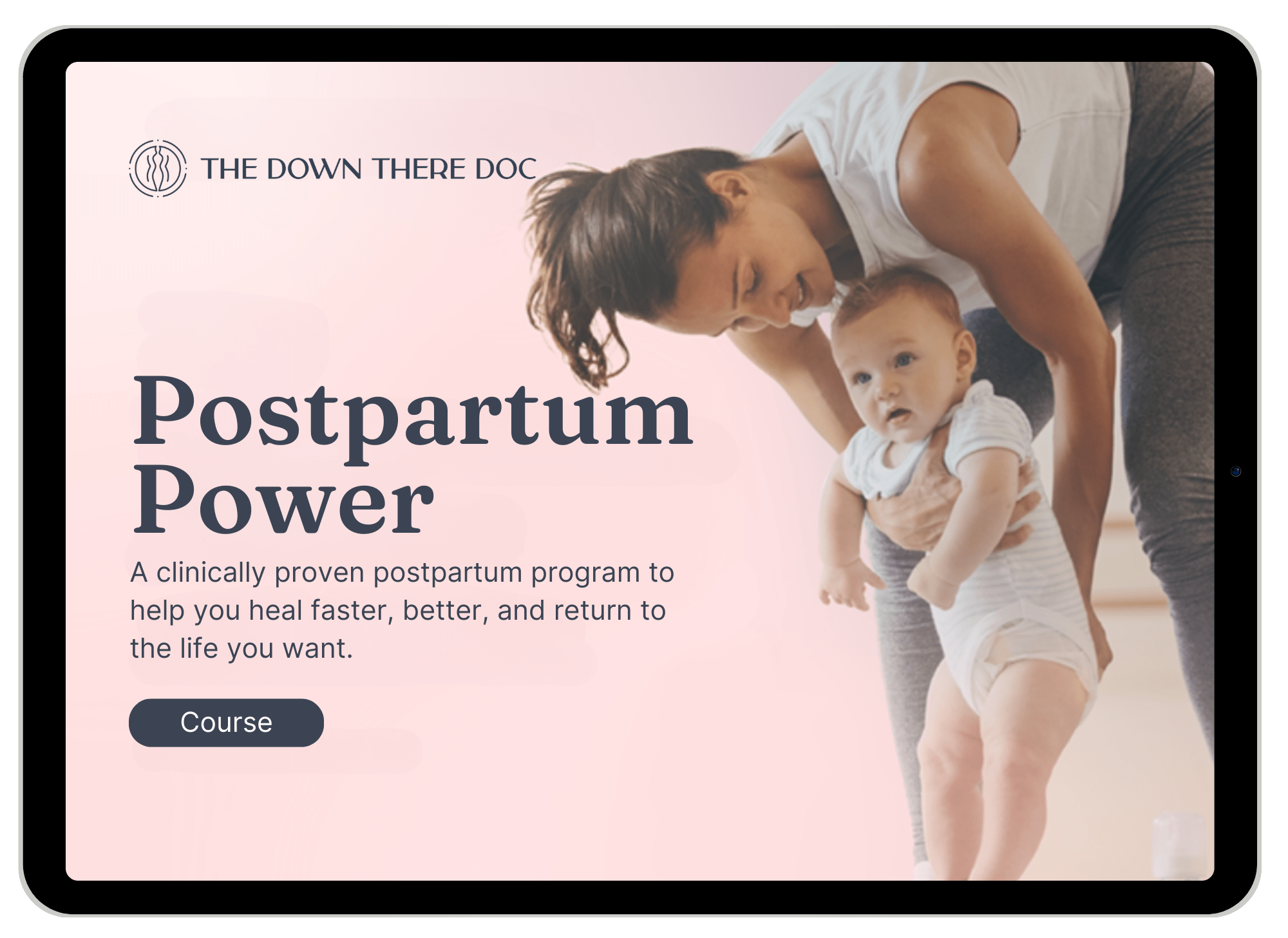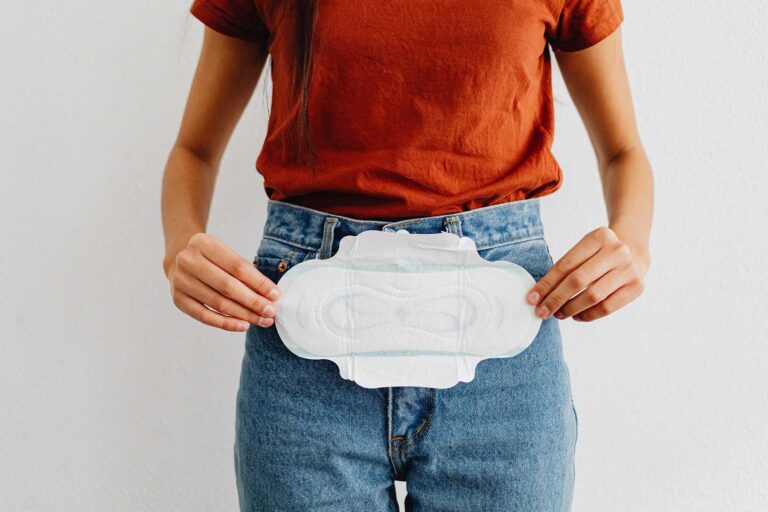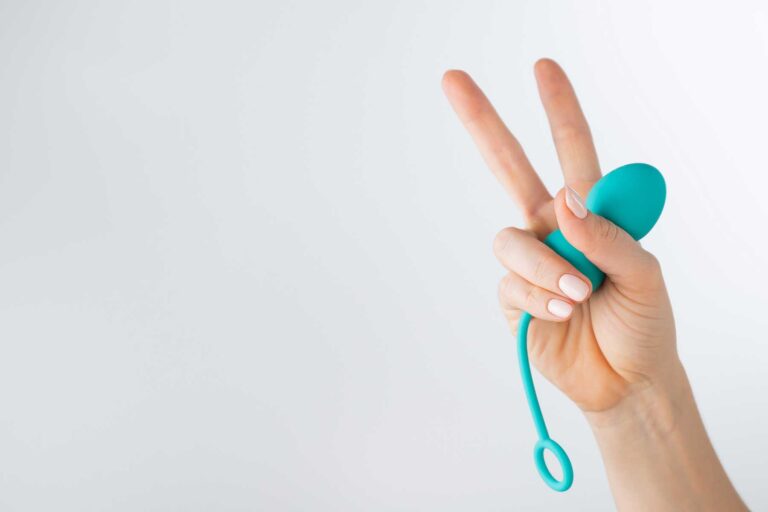Baby-wearing, or the practice of using a baby carrier to hold your child, can be a lifesaver in the early years of your child’s life. It creates an opportunity to bond with your baby while having your hands free to get to the other things you need to do during the day.
But too much of anything can cause strain on your muscles, especially if done without attention to your body’s needs. Today we are going to go over 5 quick tips to help you enjoy that bonding time without wearing down your body.
See Also

Postpartum Power
1. Choose the right baby carrier
There are so many baby carrier options out there, but the biggest brands are not necessarily the best for you and your baby. In order to make sure it’s good for your baby, make sure the product has passed Federal Safety Standards (usually listed on the product page and on the box), and make sure it is on the list of Hip Healthy Products from the International Hip Dysplasia Institute.
To make sure it fits with your lifestyle, think about when you plan on using the carrier. Is this for doing tasks around the house, or more for wear outside the home? If you plan on taking your baby out with you, make sure your carrier is easy to bring along and quick to set up on the go.
Take your local climate into consideration as well. If you live in a warmer area, you will want to make sure your carrier doesn’t have a lot of padding that traps heat.
The CO Carrier is a great option for families on the go. It is lightweight and breathable, offers all of the positions, and rolls into a small carrying tote when not in use. Easy to pack, easy to wear, and easy to change positions so it can support you in doing the things you love, together.
2. Learn how to properly use your baby carrier
Once you’ve invested money into the carrier, invest some time into learning how to use it properly. Make sure to read the instruction manual and look at the company’s website for videos. Different carriers have different ideal positions, and incorrect use can cause much more strain on your body than necessary.
The first time you try it, you may want to consider using a pillow or a stuffed animal in place of your baby to ensure your baby’s safety and make the process more comfortable. When you first place your baby in the carrier, make sure you have another adult nearby to help you and double-check that you have everything set up properly.
3. Adjust your waistband
Some baby carriers rely on a wide waist belt to sit closer to your hips to support your baby, while some are intended to sit higher on your torso. If you feel strain in your lower back when using your carrier, moving the waistband closer to your natural waist (just under your ribs) can alleviate the pressure on your lumbar spine.
4. Say no to shoulder slump
As a new parent, it is easy to get in the habit of bending over to look at your baby, which can cause strain on your neck and shoulders. Breastfeeding mothers often have additional strain as they curve their back down to get closer to their baby during feeding. Using a baby carrier with straps that run parallel over each shoulder can further add to this strain if you’re not careful.
Ideally, you’d like a carrier with straps that cross over your shoulders. If you have a carrier that uses parallel straps, be sure to tighten the additional back strap enough to pull them off of your outermost shoulder and roll your shoulders back as often as possible.
5. Change carrying positions often
As many Physical Therapists will tell you, the best posture is your next posture. What keeps the body healthy is not necessarily staying in one “perfect” posture at all times. Your body is far better off when you move it and change which muscle groups you use along the way. A carrier that offers multiple positions is helpful because it allows you to distribute the work amongst different muscle groups, preventing one group from being overused.
Make sure you know how to change positions and when each one is appropriate. For example, newborns should always be worn on the front facing inward. But as your baby develops head and neck support, you can also use hip and back carry positions. Changing positions will not only help your body to stay balanced, but it will also keep your baby interested as they get to see the world from different perspectives!









